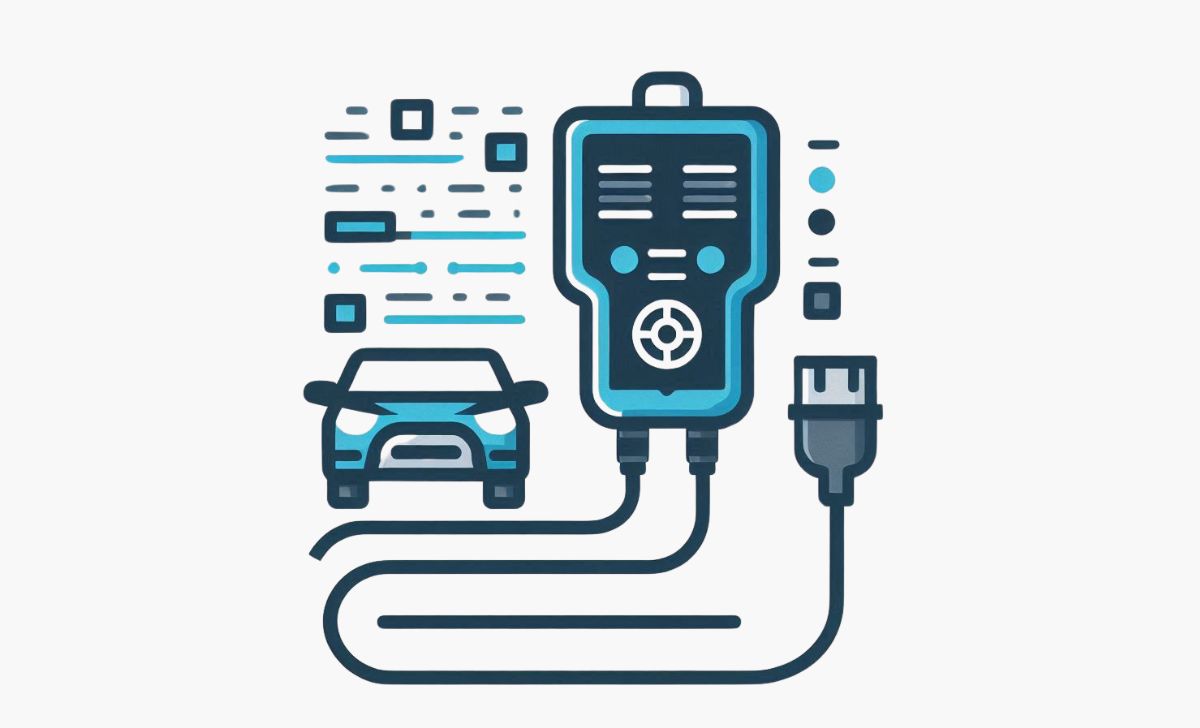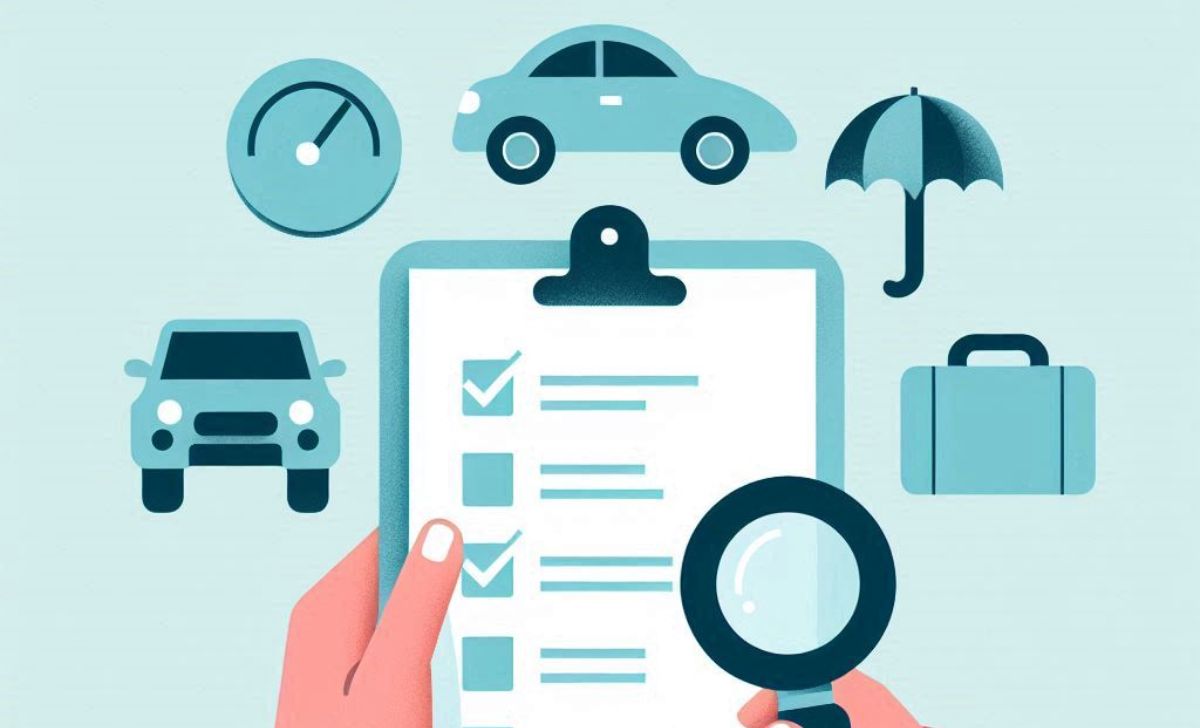Best Scan Tool is a leading automotive diagnostic device that helps quickly check, detect faults, and comprehensively analyze all vehicle systems within seconds. Models such as ThinkCar ThinkScan 689BT, Launch X431 V+, Autel MK808S, and BlueDriver Bluetooth Pro stand out with fast scanning, multi-system support, user-friendly interfaces, advanced features like ECU coding, active tests, free software updates, Bluetooth connectivity, and direct data access via apps.
Each device has its own strengths: ThinkScan 689BT stands out with lifetime updates and bidirectional testing; Launch X431 V+ excels in processing speed and supports both OBD1/OBD2; BlueDriver Pro and Innova 5210 are suitable for beginners thanks to simple operation and detailed repair guidance. This article summarizes the pros and cons and evaluates customer support to help you choose the most suitable scan tool. Don’t miss the in-depth analysis from TOPCOIN9 below to optimize your vehicle diagnostics and maintenance.
Overview of Best Scan Tool

A scan tool is a diagnostic device that connects to a vehicle’s OBD-II port, allowing users to retrieve error codes, analyze sensor data, and assess the status of electronic systems. In modern automotive diagnostics, scan tools are essential for identifying faults not only in the engine but also in ABS, SRS, transmission, steering, and other modules, making them indispensable for both personal use and professional workshops (KBB, 2025; Autotech-WSS, 2025).
Scan tools are classified into two main categories:
- Basic scan tools (code readers): These devices focus on reading and clearing engine codes, suitable for car owners or for quick pre-service checks.
- Professional scan tools: These offer full-system diagnostics, live data analysis, bi-directional/active tests, ECU programming/coding, and maintenance resets, making them ideal for garages and advanced technicians (KBB, 2025; Autotech-WSS, 2025).
Top scan tool picks for 2025 include:
- For beginners: Topdon ArtiLink500, Motopower MP69033, and Fixd Bluetooth Scanner affordable, user-friendly, and compatible with most mainstream vehicles (Car and Driver, 2024).
- For professionals: ThinkTool 399, Launch X431 V+, Autel MK808S, FCAR F7S-G, and ThinkCar ThinkScan 689BT featuring fast processing, large touchscreens, cloud-based updates, and broad vehicle coverage with advanced diagnostic features (Autotech-WSS, 2025).
With the increasing integration of blockchain technology in automotive and IoT industries, some modern scan tools are expected to support secure data storage and sharing through blockchain platforms, enhancing transparency and data integrity.
Now that you have an overview of the best scan tool, let’s examine its pros and cons to better understand how it meets different automotive diagnostic needs.
Pros and Cons of Best Scan Tool

The best scan tools offer advanced diagnostics, wide compatibility, and user-friendly interfaces, but they also come with certain limitations depending on the model and use case (Car and Driver, 2024; Tom’s Guide, 2025; Autotech-WSS, 2025).
Pros
- Comprehensive Diagnostics: Professional-grade tools like the Innova 5610 and FCAR F7S-G provide full-system coverage (engine, ABS, SRS, transmission), ECU coding, and bi-directional tests, making them suitable for both enthusiasts and workshops (Car and Driver, 2024; Autotech-WSS, 2025).
- Fast Processing & Live Data: Many models deliver rapid code reading and real-time data analysis, helping users quickly identify and resolve issues (Car and Driver, 2024; Tom’s Guide, 2025).
- User-Friendly Design: Modern scan tools feature intuitive interfaces, large touchscreens, Bluetooth connectivity, and cloud-based updates for ease of use (Autotech-WSS, 2025; Tom’s Guide, 2025).
- Versatile Compatibility: Top tools support a wide range of vehicle brands and models, including both passenger and commercial vehicles (Autotech-WSS, 2025; DaTo Tech, 2025).
- Regular Updates & Support: Many brands offer free or long-term software updates and strong after-sales support (Autotech-WSS, 2025; YouTube, 2025).
Cons
- High Cost: Advanced scan tools with full-system and programming features can be expensive, making them less accessible for casual users (Car and Driver, 2024; Stahlcar, 2023).
- Learning Curve: Professional tools may require technical knowledge to use all features effectively, which can be a barrier for beginners (Stahlcar, 2023).
- Subscription Fees: Some scanners require ongoing subscriptions for access to premium features or updates, increasing long-term costs (Tom’s Guide, 2025).
- Compatibility Limits: Not all features work with every vehicle model, so users must verify compatibility before purchase (Tom’s Guide, 2025; Autotech-WSS, 2025).
- Bulkiness: Certain professional tools can be bulky or less portable, which may not suit mobile technicians (Autolines, 2025).
As the automotive industry explores blockchain-based solutions for data security and transparency, diagnostic tools may soon leverage Layer 2 technologies like zksync to enable faster, lower-cost, and tamper-proof data transactions between vehicles and service centers.
Choosing the right scan tool involves balancing diagnostic needs, budget, and ease of use, with professional models offering more features at a higher cost and complexity (Car and Driver, 2024; Stahlcar, 2023).
After considering the advantages and disadvantages, it’s important to look at the support options available for the best scan tool to ensure a positive user experience.
Support for Best Scan Tool

Top scan tool brands offer robust support through warranty policies, software updates, customer service, and educational resources, ensuring long-term usability and user satisfaction (Autotech-WSS, 2025; Car and Driver, 2024).
- Warranty and Returns: Most leading scan tools come with a 1–2 year warranty and flexible return policies, providing peace of mind for buyers (Autotech-WSS, 2025).
- Software Updates: Regular free or low-cost updates are available for many models, keeping diagnostic coverage current with new vehicle models and systems (Car and Driver, 2024; Autotech-WSS, 2025).
- Customer Service: Brands like Autel, Launch, and ThinkCar offer responsive customer support via hotlines, email, and live chat, as well as comprehensive user manuals and troubleshooting guides (Autotech-WSS, 2025).
- Training and Community: Some manufacturers provide training videos, online tutorials, and access to user communities, helping users maximize tool capabilities and stay updated on best practices (Autotech-WSS, 2025).
- After-Sales Service: Dedicated technical support and authorized service centers are available for repairs and maintenance, especially for professional-grade tools (Car and Driver, 2024).
When choosing a scan tool, consider not only features and price but also the quality of support and update policies to ensure reliable, long-term use (Autotech-WSS, 2025; Car and Driver, 2024).
With support options in mind, let’s move on to some practical tips for choosing and using scan tools effectively in your automotive maintenance routine.
Tips for Choosing and Using Scan Tools Effectively

Selecting and using the right scan tool involves careful consideration of compatibility, features, ease of use, and ongoing support to maximize diagnostic accuracy and value (Tom’s Guide, 2025; Autotech-WSS, 2025; Car and Driver, 2024).
- Check Compatibility: Always verify that the scan tool supports your vehicle’s make, model, and OBD-II protocol before purchasing. Some tools offer broader coverage, while others are brand-specific (Autotech-WSS, 2025; Autolines, 2025).
- Prioritize Key Features: Look for essential functions such as live data streaming, code reading/clearing, I/M readiness checks, and real-time graphing. Advanced users may need bi-directional controls, ECU programming, or cloud-based updates (Tom’s Guide, 2025; Car and Driver, 2024).
- Ease of Setup and Use: Choose a tool with a straightforward setup, intuitive interface, and clear code explanations. Bluetooth-enabled scanners with smartphone apps often provide a more user-friendly experience (Tom’s Guide, 2025; Car and Driver, 2024).
- Interpret Codes Accurately: Take time to understand and interpret diagnostic trouble codes (DTCs) using the tool’s manual or reputable online resources. Accurate interpretation is crucial for effective repairs (Superkilometerfilter, 2025; Reddit, 2024).
- Utilize Live Data and Reporting: Use real-time data and reporting features to identify intermittent or complex issues that may not trigger a fault code. Graphical data can help track performance changes over time (Tom’s Guide, 2025; Alpha Car Hire, 2024).
- Consider Portability and Updates: Compact, lightweight tools are easier to keep in your vehicle. Opt for models with regular software updates to maintain compatibility with new vehicles (Tom’s Guide, 2025; Autolines, 2025).
- Warranty and Support: Select scan tools that offer a solid warranty and accessible customer support for troubleshooting and software updates (Tom’s Guide, 2025; Autotech-WSS, 2025).
By focusing on compatibility, user experience, and ongoing support, you can choose a scan tool that delivers reliable diagnostics and long-term value (Tom’s Guide, 2025; Car and Driver, 2024).
Choosing the best scan tool requires balancing diagnostic needs, advanced features, and long-term support for reliable automotive maintenance. By understanding both the pros and cons, users can make informed decisions that enhance efficiency and accuracy. For more expert reviews and the latest insights on automotive tools, follow TOPCOIN9.

As a certified blockchain security expert with over 8 years in cybersecurity, James Anderson specializes in auditing smart contracts and identifying vulnerabilities in DeFi protocols. His expertise ensures that TopCoin9 delivers reliable insights on blockchain security and risk management.
Email: [email protected]












